The Complete Watercolour Course: A Comprehensive, Easy-to-Follow Guide to Watercolour
£2.70
Discover the great potential of watercolours and how to achieve professional result. Acclaimed artist John Raynes covers simple to complex techniques using glazes and additives on a range of papers to give an enormous variety of effects and finishes. With dozens of inspiring examples and hundreds of easy-to-follow, step-by-step projects, this book offers useful tips and helpful advice to build your confidence and skill.
Read more
Additional information
| Publisher | Batsford (1 April 2008) |
|---|---|
| Language | English |
| Paperback | 160 pages |
| ISBN-10 | 0713490764 |
| ISBN-13 | 978-0713490763 |
| Dimensions | 11 x 1.5 x 16 cm |

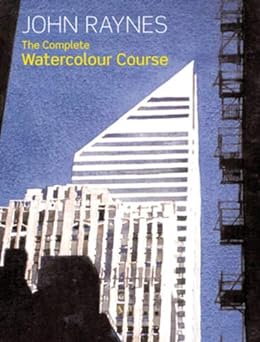

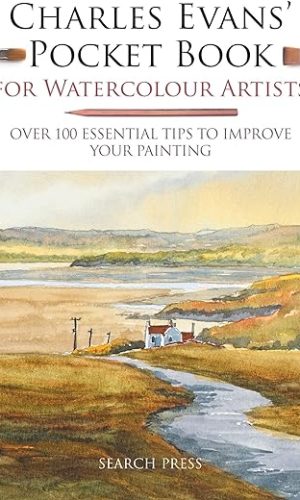
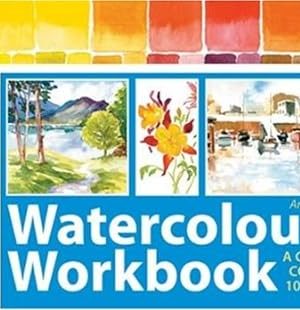
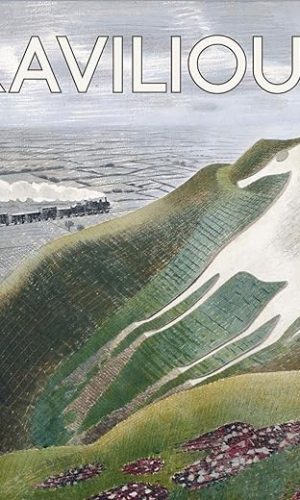
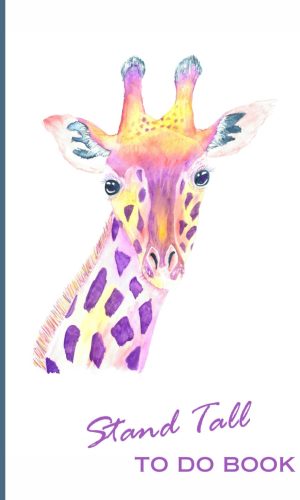
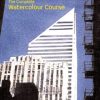
by Parka
The media could not be loaded.
John Raynes has authored a few books, and one of them is this one on watercolours.
There are two editions for this one. One’s the hardcover published in 2004 by Collins & Brown. The other’s the one I’m reviewing, a paperback published by Batsford (an imprint of Anova Books) in 2008.
This book is for the beginner watercolour artists. All the tutorials in the book are guided exercises with step-by-step pictures and instructions. It is very detailed and easy to follow.
There’s an exercise on seeing and creating tones that I find to be very useful. In that exercise, several coloured boxes are stacked to create shadows, and the author goes on to demonstrate how physical form can illustrated with just tones. The exercise is really simple and is one of the most effective exercises on tones that I’ve seen in any instructional art book.
The first half of the book is on the techniques. It explores not just watercolour techniques like glazing and mixing colours but also some art basics like composition.
The latter half has a several lengthy projects on painting subjects, ranging from still life to landscapes to people. Everything is still step-by-step. The examples are pretty nice looking as well.
This is a helpful book. Highly recommended to watercolour beginners.
(There are more pictures of the book on my blogs. Just visit my Amazon profile for the link.)
by Francis Coggs
I’m doing a watercolour course here in Dorset and while my tutor is very good I find The Complete Watercolour Course a most valuable addition to my library. From the tools which are vital to detailed examples of the many different types of watercolour techniques, this is an exhaustive and most approachable work, which I would strongly recommend to anyone embarking on a watercolour course or starting out on their own.
by MCH
I’m a ,newcomer to watercolour. I recently completed some basic watercolour exercise and this book looks at watercolour.in a different way I like textures so this book looks at that. So for me the book is an easy to follow guide to watercolour. I shall I’m sure get a lot out of this book.
Service was prompt and the book as brand new was clean and tidy.
by limner
I had seen examples of John Raynes’ work in other books I own so bought this to understand how he proceeded with watercolour.
(I was especially interested in his work since my latest attempt to move out of my comfort zone has been to buy lots of rough paper to try and he works a lot on this surface which I don’t usually use.)
I found this book fascinating. It covers every imaginable subject and technique really clearly and comprehensively and gave me a lot of inspiration. A beginner would find the step by step examples really easy to follow as they really do detail every step he takes, what he used to achieve this , lots of illustrations of each step and frequently includes a critique of the work before its completion.
Although it concentrates on classical – i.e. transparent – watercolour there is a small section on gouache, mixed media and line and wash. This may not be everybody’s cup of tea since rough paper is both more difficult to find and perhaps more challenging a surface than cold press. Also his choice of colours may not be to everyone’s taste – I myself am a painter who prefers not to use black in my mixes. So I think this can’t be seen as being the only book a beginner needs, being probably more suited to the advanced painter,but I do see it as an excellent addition to one’s collection of books on watercolour.
I really do believe that everyone – beginner or experienced painter- will benefit from the clarity of this book and come away from reading this with a few new ideas and techniques that they want to try out, which makes its purchase worthwhile.